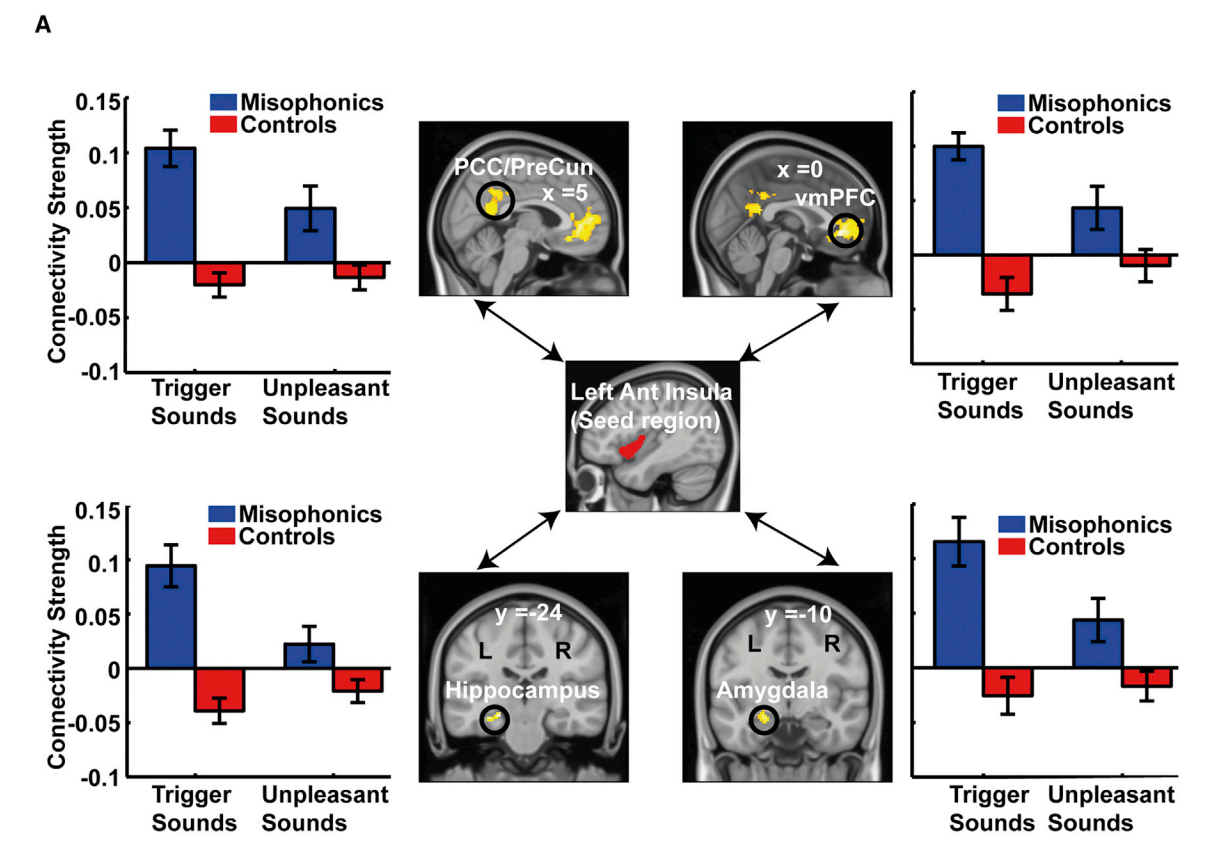Dr. Sukhbinder Kumar from the Institute of Neuroscience at Newcastle University together with the Wellcome Centre for NeuroImaging at University College London carried out an investigation on Misophonia to help explain the condition, hoping to find a physical basis to gain recognition as a real disorder within a skeptical medical community.
Misophonia is a mysterious affliction that causes people to react to seemingly harmless sounds, called “trigger sounds,” with irritation, anger, anxiety and sometimes panic attacks. Trigger sounds are most commonly associated with eating, breathing and hand noises like typing or pen clicking, as reported by the News Medical. U.S. Scientists Pawel and Margaret Jastreboff first coined the term in 2001, and it recently started being diagnosed. Dr. Kumar said a survey shows that the average age at which sufferers first become aware of the syndrome is 12, as reported by The New York Times.

Olana Tansley-Hancokc, 29, now involved in Dr. Kumar’s investigation, suffers from Misophonia. She recalled being 8 years old when family meals became unbearable and she sometimes wanted to punch her family members in the face when hearing their eating noises, as reported by News Medical.
Olana said this research comes as a huge relief for those like her because it proves there is a physical basis for misophonia, which should help better understand and control it.
“I feel there’s a threat and get the urge to lash out – it’s the fight or flight response,” Olana described. Her discomfort with sounds became worse with time and when she sought out medical attention, she was laughed at.
Science affirms chewing, eating, drinking and breathing sounds can make you angry
The team lead by Dr. Kumar used Magnetic Resonance Imaging to measure brain activity from 42 subjects with and without misophonia, while they were being exposed to different types of sounds: neutral, like rain, unpleasant sounds like that of a crying baby; and trigger sounds like those of chewing, eating, drinking and breathing.
The neuroscientists found that people who suffer from misophonia not only have physical differences in the frontal lobe but also in their brain activity when listening to the noises, compared to the control group.

Brain imaging revealed that people with the syndrome have a particular anomaly in the emotional control mechanism, which agitates their brains when hearing trigger sounds.
The findings reported in the Current Biology journal, show that particular sounds cause the part of their brain that processes and controls emotions, the anterior insular cortex (AIC), to go into overdrive.
The brain scans of sufferers showed abnormal connections between the AIC region and the amygdala and the hippocampus, areas that are involved in recalling past experiences, explained Dr. Kumar to The New York Times.

The team believes the syndrome could be explained by bad memories from the past, which might open up possibilities for future therapy, like neurofeedback. Why those specific sounds, and not others, trigger such adverse reactions remains a mystery.
“I hope this will reassure sufferers. I was part of the skeptical community myself until we saw patients in the clinic and understood how strikingly similar the features are. We now have evidence to establish the basis for the disorder through the differences in brain control mechanism in misophonia. This will suggest therapeutic manipulations and encourage a search for similar mechanisms in other conditions associated with abnormal emotional reactions,” added Tim Griffiths, Professor of Cognitive Neurology at Newcastle University and UCL.
Source: News Medical
